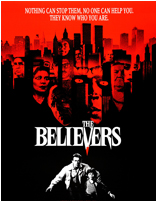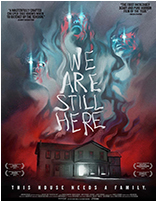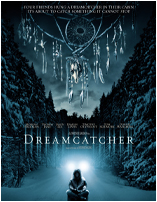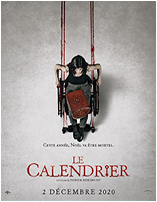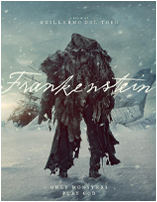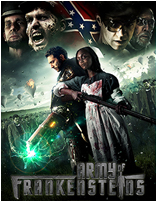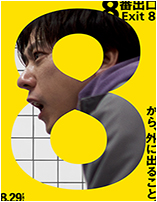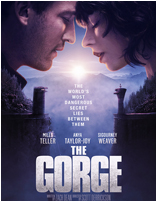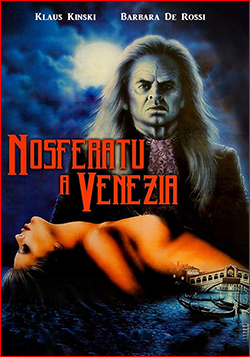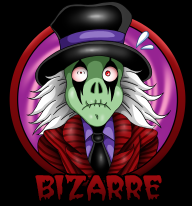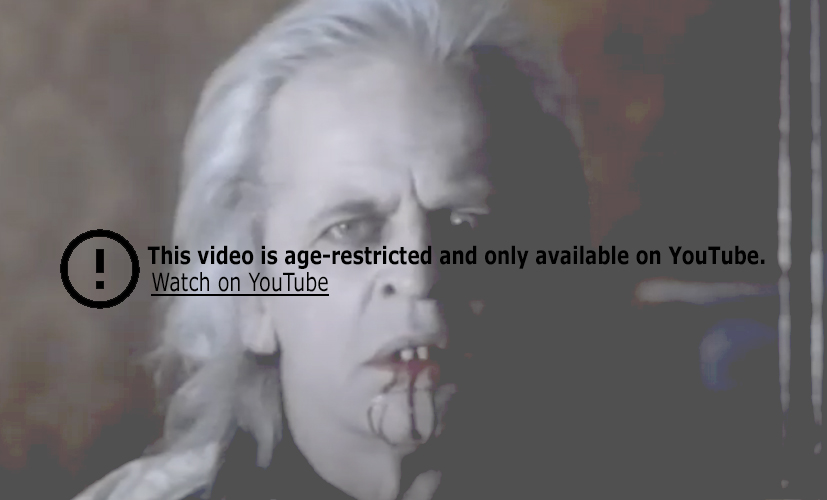 A young girl named Ellen is filled with a soul-crushing loneliness, causing her to pray in despair and desperately seeking comfort from anyone…or anything. Unfortunately for her, her prayers are answered. Then, some years later in 1838, she’s happily married to a man named Thomas Hutter, and they live in the town of Wisborg, Germany. Her husband works as a solicitor and estate agent, but he’s struggling a bit financially and hopes to achieve some financial security for them both. His employer, Herr Knock, tells Hutter that there is a reclusive and eccentric count in Transylvania, Count Orlok, who wants to buy Schloss Grünewald, and asks Hutter to travel to the count’s place and seal the deal. Upon hearing this, Ellen is terrified and begs him to stay, but he dismisses her and heads off to the Carpathian Mountains while his wife stays with his wealthy friend, Friedrich Harding and his wife Anna. When he arrives in Transylvania, the locals try to warn him off, but of course he doesn’t pay heed to their superstitions. The evening he arrives at the castle, he meets the intimidating Orlok, dines with him and pretty much wants to finalize the purchase of Schloss Grünewald as soon as possible and get out of there. Instead, Hutter finds himself a victim to Orlok’s bloodlust. Finally managing his escape by falling out of a window and into the river below, he is later found by a nun who brings him to a nearby church where they start nursing him back to health. Meanwhile, Orlok’s coffin is on board a ship sailing towards Wisborg (and Ellen) bringing with him plague-infested rats and death.
A young girl named Ellen is filled with a soul-crushing loneliness, causing her to pray in despair and desperately seeking comfort from anyone…or anything. Unfortunately for her, her prayers are answered. Then, some years later in 1838, she’s happily married to a man named Thomas Hutter, and they live in the town of Wisborg, Germany. Her husband works as a solicitor and estate agent, but he’s struggling a bit financially and hopes to achieve some financial security for them both. His employer, Herr Knock, tells Hutter that there is a reclusive and eccentric count in Transylvania, Count Orlok, who wants to buy Schloss Grünewald, and asks Hutter to travel to the count’s place and seal the deal. Upon hearing this, Ellen is terrified and begs him to stay, but he dismisses her and heads off to the Carpathian Mountains while his wife stays with his wealthy friend, Friedrich Harding and his wife Anna. When he arrives in Transylvania, the locals try to warn him off, but of course he doesn’t pay heed to their superstitions. The evening he arrives at the castle, he meets the intimidating Orlok, dines with him and pretty much wants to finalize the purchase of Schloss Grünewald as soon as possible and get out of there. Instead, Hutter finds himself a victim to Orlok’s bloodlust. Finally managing his escape by falling out of a window and into the river below, he is later found by a nun who brings him to a nearby church where they start nursing him back to health. Meanwhile, Orlok’s coffin is on board a ship sailing towards Wisborg (and Ellen) bringing with him plague-infested rats and death.
Nosferatu is another remake/reimagined version of the 1922 silent movie by F. W. Murnau, a film that was a little too closely inspired by Bram Stoker’s Dracula novel from 1897 and almost ended up as lost media when Stoker’s widow took legal action and a judge ordered all copies to be destroyed. Thankfully, some survived, and there has since been several remakes and spinoffs made: Nosferatu the Vampyre (1979) by Werner Herzog and Klaus Kinski as Nosferatu, Nosferatu in Venice (1988) also starring Klaus Kinski as Nosferatu and originally intended to be a sequel to Herzog’s 1979 film and co-directed by Kinski together with Augusto Caminito, Shadow of the Vampire (2000) which is a movie based on the making of the 1922 film where Willem Dafoe plays Nosferatu/Max Schreck, and a 2023 crowd-funded remake with Doug Jones as Nosferatu. Not to mention all references in other media, even including Spongebob.
Robert Eggers had his directorial debut with The Witch (2015), and have since continued to impress with his blend of horror, mythology and folklore, which can also be seen in The Lighthouse (2019). A reimagining of Nosferatu done by this guy sounds like every folklore-horror lover’s dream. And while honoring the source material, he also adds his own flavour to it of course.
The development for Eggers version began in 2015, where he was very much thinking of it as a passion project. Many actors have been cast and re-cast since then, where Skarsgård was originally cast as Thomas Hutter, but then re-cast as Count Orlok (quite the change). To prepare for his role, he lost a significant amount of weight and worked with Icelandic opera singer Ásgerður Júníusdóttir so he could lower his vocal range. The prosthetic makeup took up to six hours a day to apply, and needless to say…he’s completely unrecognizable in this film. While you could clearly see some of his traits beneath his Pennywise makeup in IT (2017), he’s totally unrecognizable here. No wonder he considered his Orlok-transformation experience as “conjuring pure evil“. His looks as Orlok was also kept a secret prior to the film’s release, making a lot of people wonder what the result would be. And while some people found his moustache off-putting for some reason (sure, his looks differ a lot from the goblin/rat-like Orlok from the original) it’s easy to see what Eggers went for here, making him look more like an actual ancient Romanian count. Eggers have deliberately gone back to several of the actual folklore aspects regarding vampires and vampirism, where they were quite literally walking undead corpses.
The filming took place primarily in Prague at Barrandov Studios, and they were also shooting on location at the 14th-century Rožmitál pod Třemšínem Castle in Rožmitál pod Třemšínem, and Pernštejn Castle (also used as the location for Herzog’s Nosferatu the Vampyre), Prague’s Invalidovna complex, and some exterior shots were captured in Corvin Castle in Romania, which is actually the castle where Vlad Dracula was briefly imprisoned. Great use of locations, without a doubt. The film was also shot on 35mm in color by cinematographer Jarin Blaschke,using special filters to adapt the desaturated look reminiscent of 19th century Romanticism. Another fun tidbit is that 5000 live rats were used in this film, and none of them were harmed or lost. There’s one scene featuring Willem Dafoe where he had to work with 2000 rats around him, which he didn’t mind as he’s an animal lover but admitted they could be a little unpredictable but were “great acting partners“. No musophobia to be spotted here, at least!
There’s certainly been put great attention to details in Nosferatu, with costumes, locations, sets and cinematography. Despite the film being dark and moody, it’s also manifestly gorgeous where it’s gracefully blending its grotesqueries with beauty. Regarding performances, I have to give praise to Lily-Rose Depp in her role as Ellen, she does a formidable job with her role as the haunted and possessed woman. Willem Dafoe is fun to watch as the Van Helsing-esque occult expert, and it’s especially fun to see him in this movie since he played Max Schreck/Count Orlok in the 2000 movie Shadow of the Vampire. The actors are all doing great, but there’s no doubt that the most impressive performance comes from Skarsgård himself where the transformation is utterly radical and he really does go all in. I have to admit, though, that I gave some involuntary chuckles when he first started speaking with the deep, slow, raspy voice where he sounds like he’s in desperate need of an inhaler. It took some getting used to, but once I did, I thought it suited the character pretty well, especially with how he otherwise looks like a literal decaying corpse. I also couldn’t really shake it from my mind how my brother, upon seeing a picture reveal of Skarsgård’s Orlok version, said he looked like “a grotesque Dr. Eggman“. Yeah…couldn’t really unsee it afterwards…thanks, bro.
There’s no doubt that the Eggers version of Nosferatu is a visual, stylish experience layered with ominous atmosphere and overt sexual undertones. It many ways it differs from both the original and its other remakes, with elements that will be enjoyable for some and off-putting for others, but we loved it through and through!


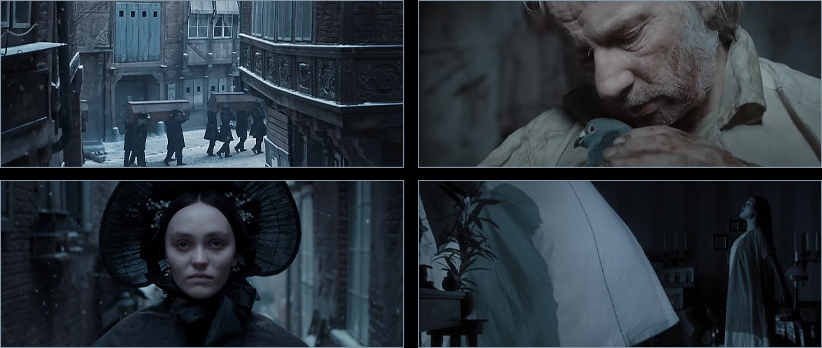
Writer and director: Robert Eggers
Country & year: USA/UK/Hungary, 2024
Actors: Lily-Rose Depp, Nicholas Hoult, Bill Skarsgård, Aaron Taylor-Johnson, Willem Dafoe, Emma Corrin, Ralph Ineson, Simon McBurney, Adéla Hesová, Milena Konstantinova, Stacy Thunes
IMDb: https://www.imdb.com/title/tt5040012/
![]()



